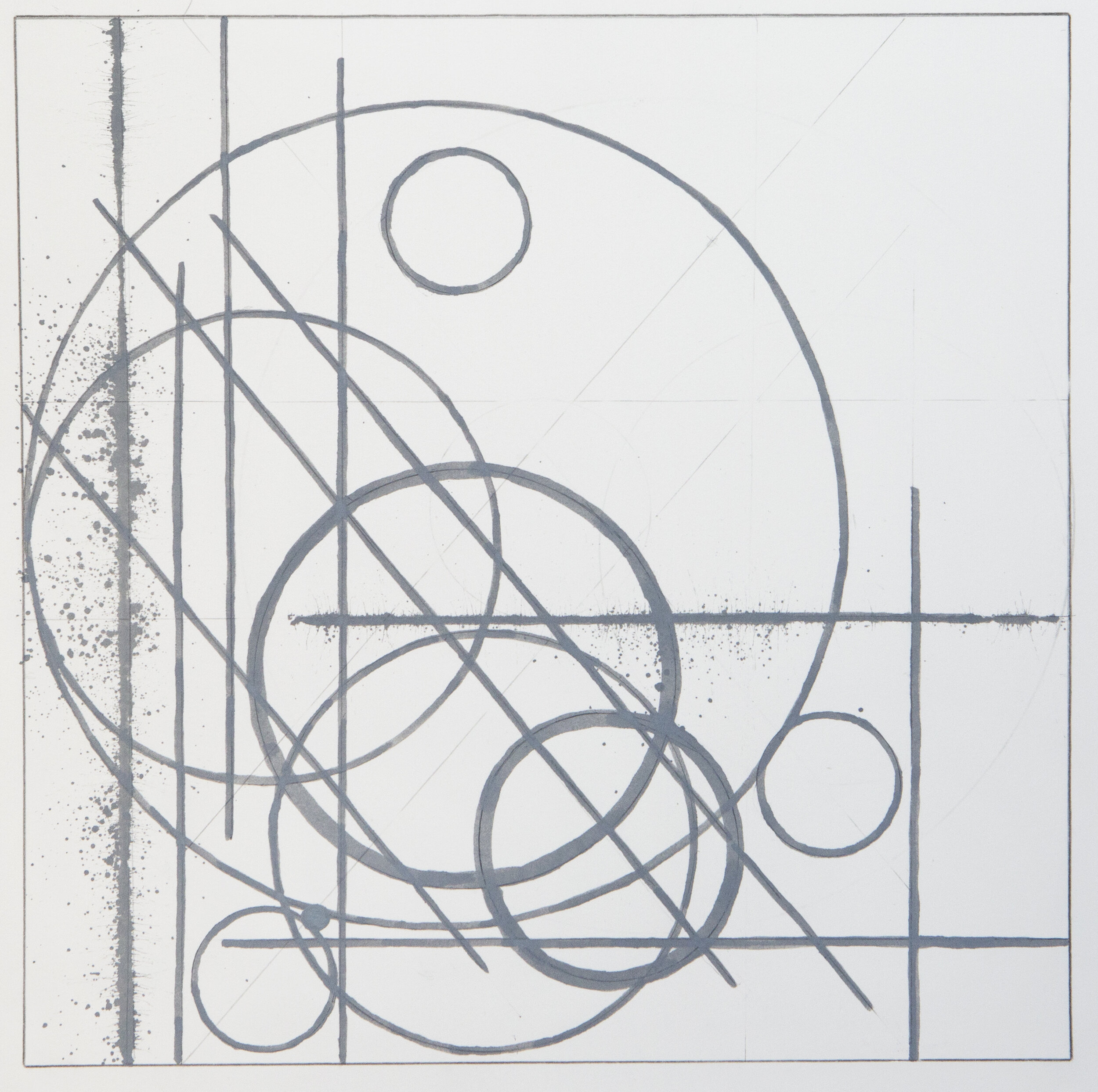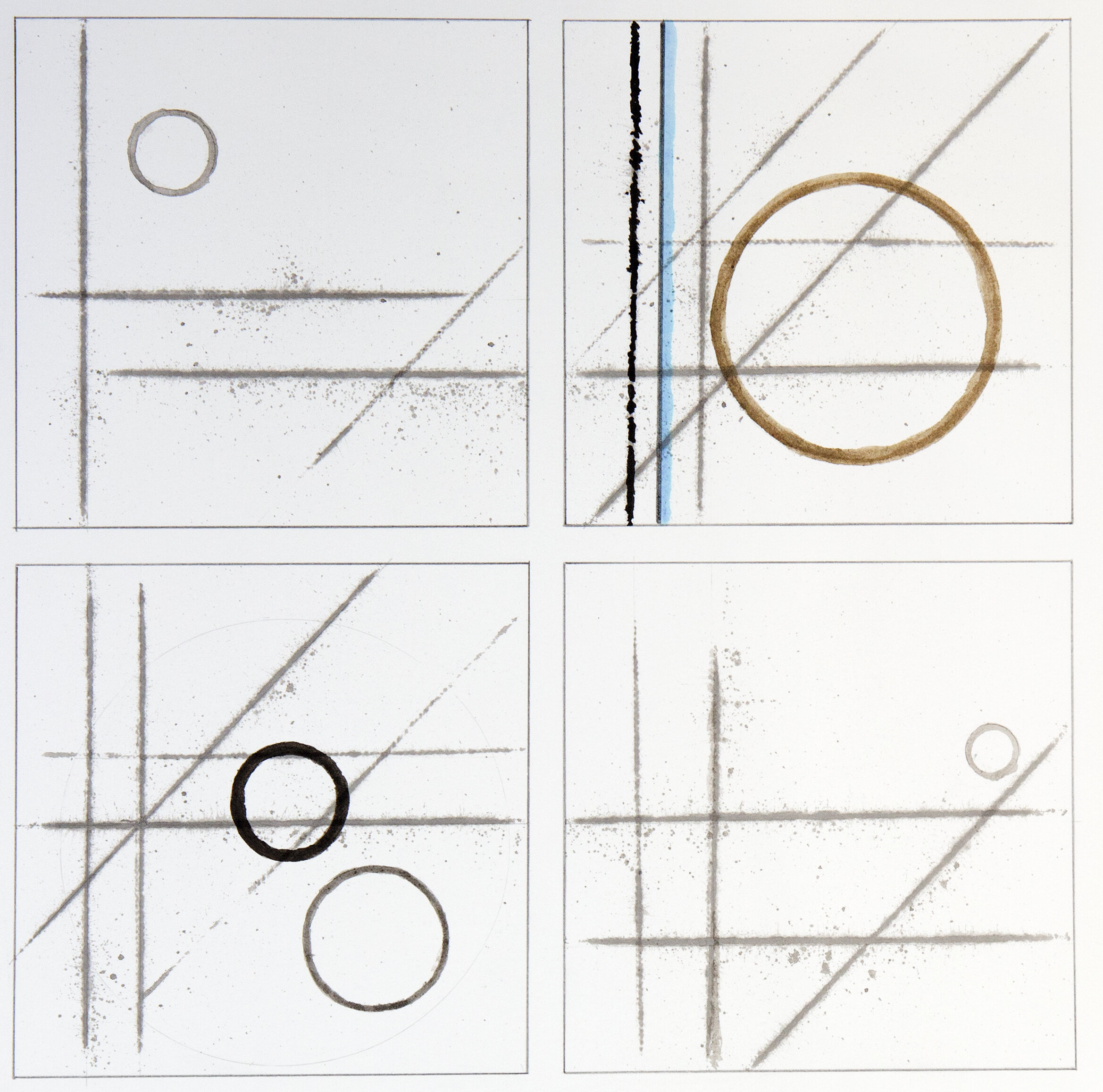Einstein on the Beach
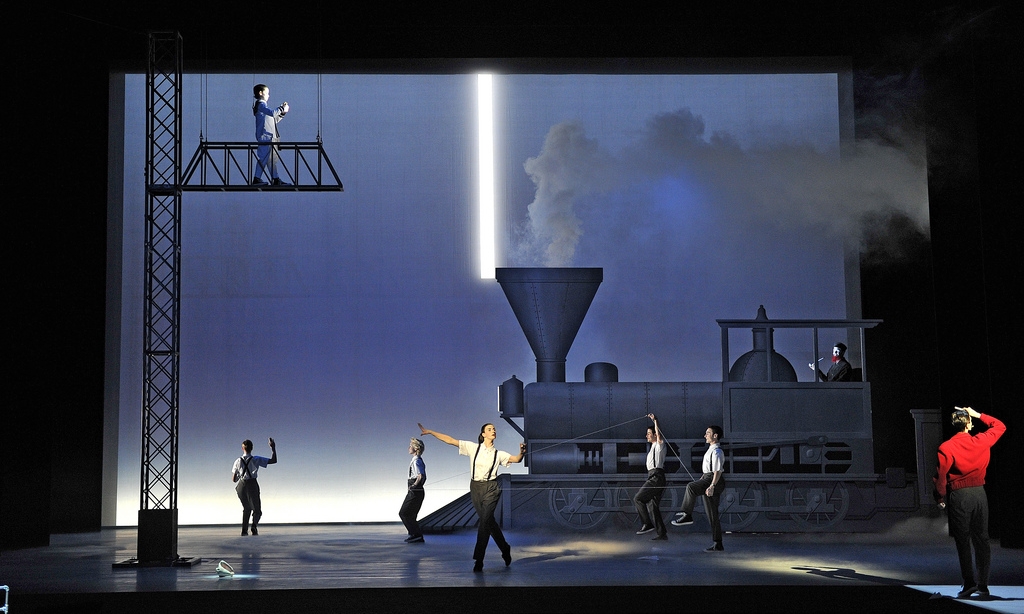
Photographs by © Lucie Jansch
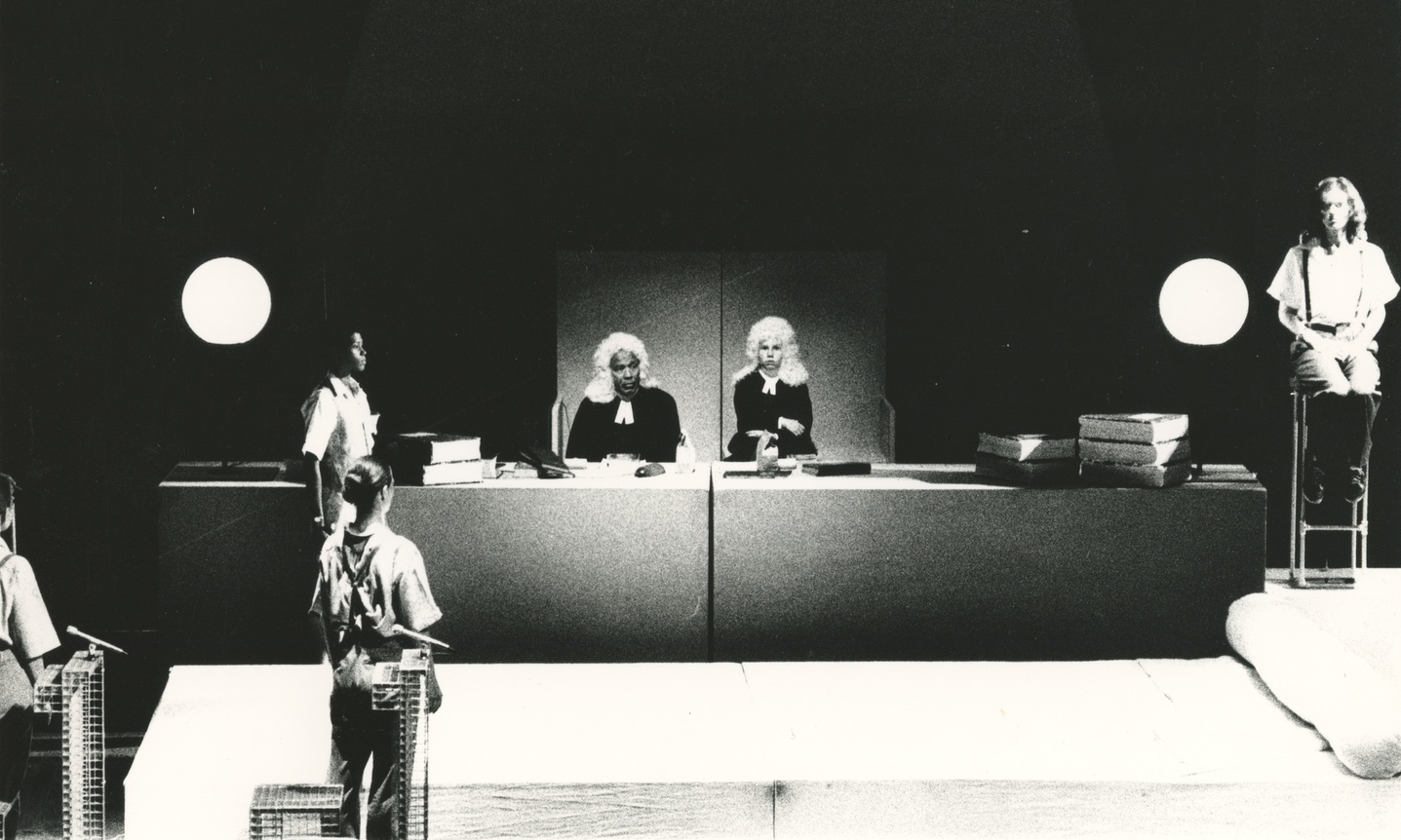
Photograph © Egon von Fürstenberg
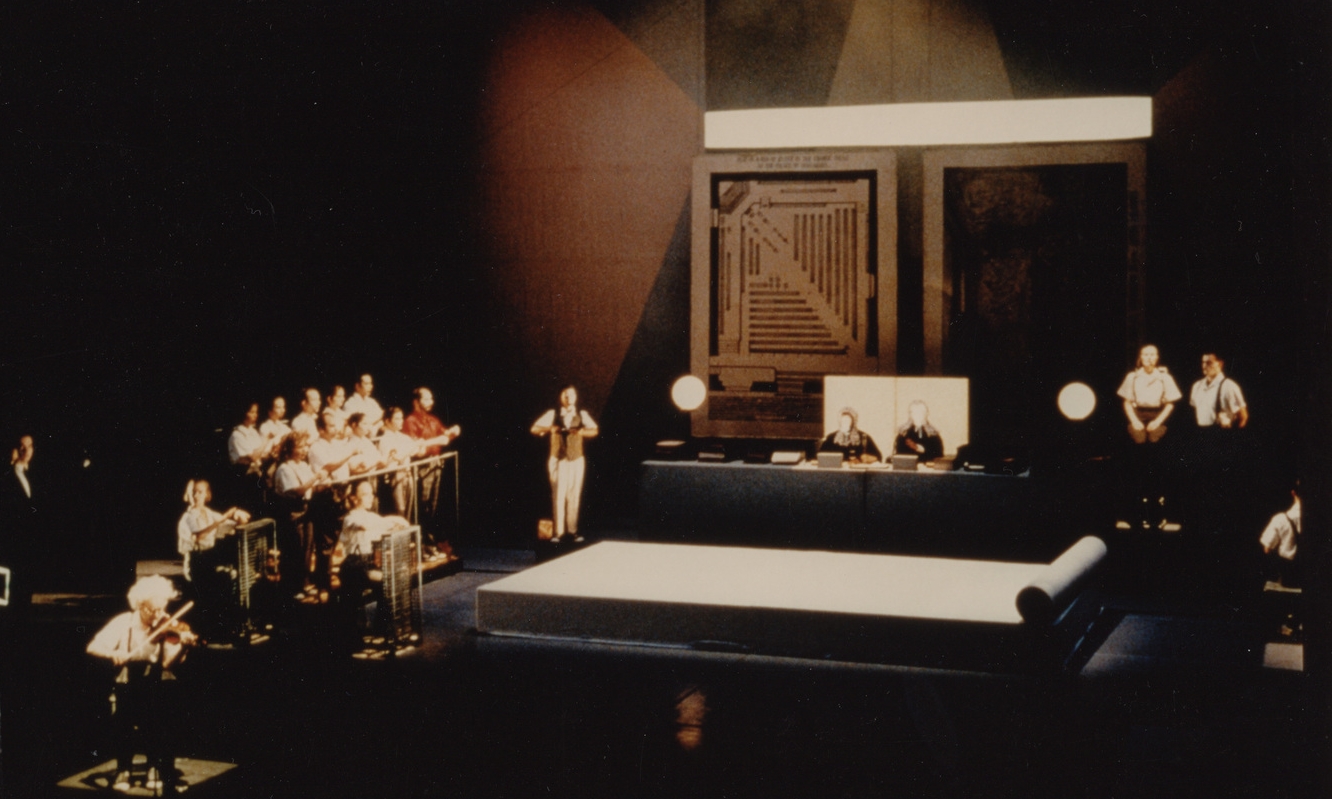
Photograph © Byrd Hoffman Foundation
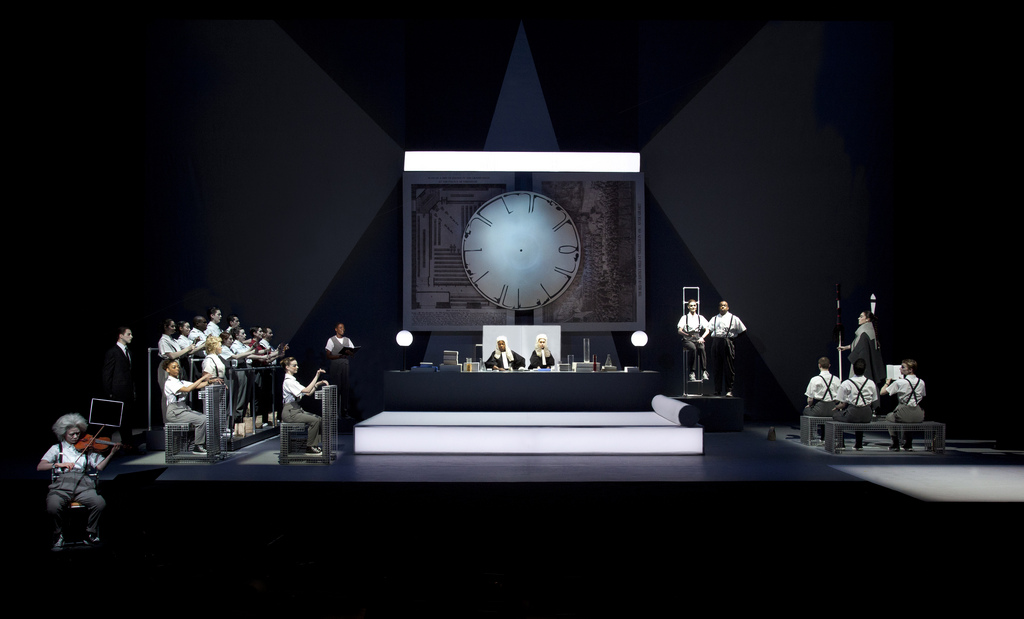
Photographs by © Lucie Jansch
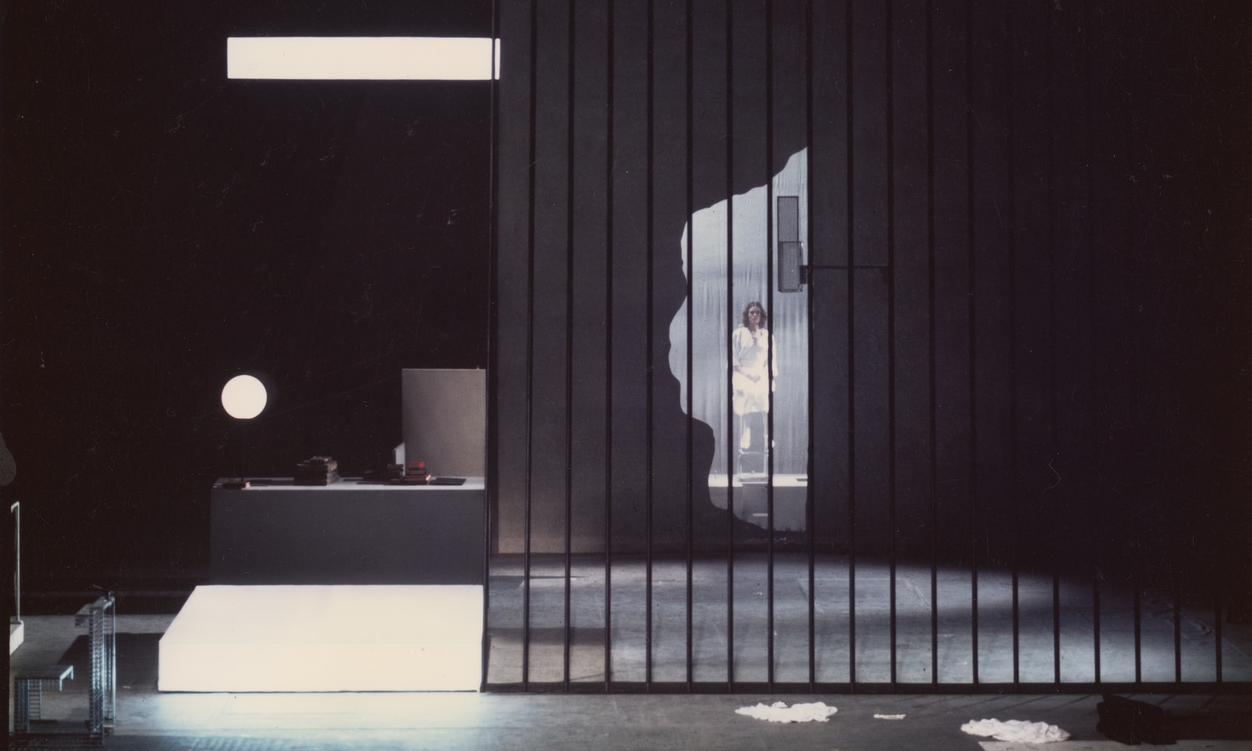
Photograph © Byrd Hoffman Foundation
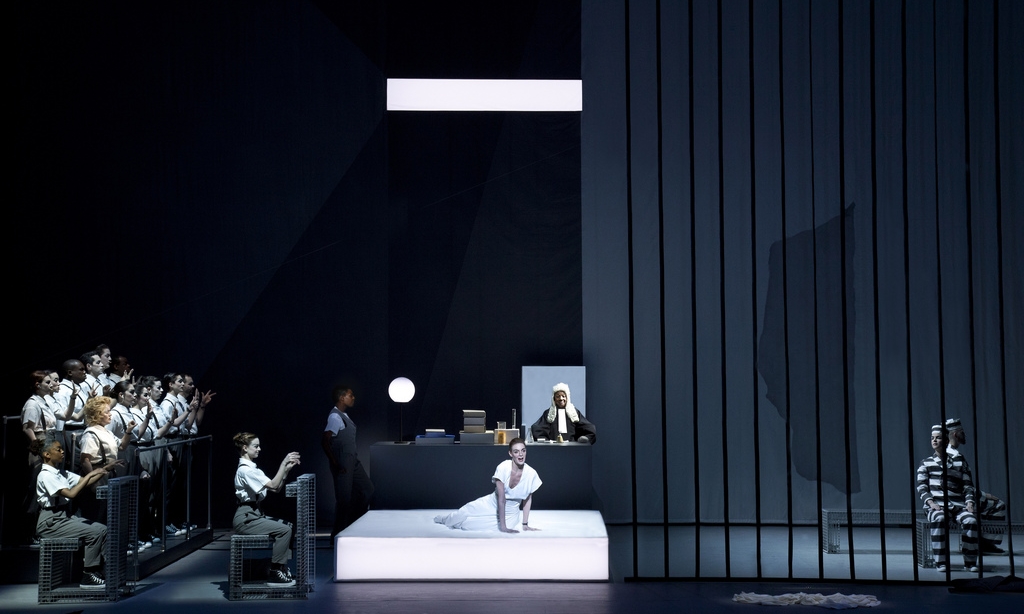
Photographs by © Lucie Jansch
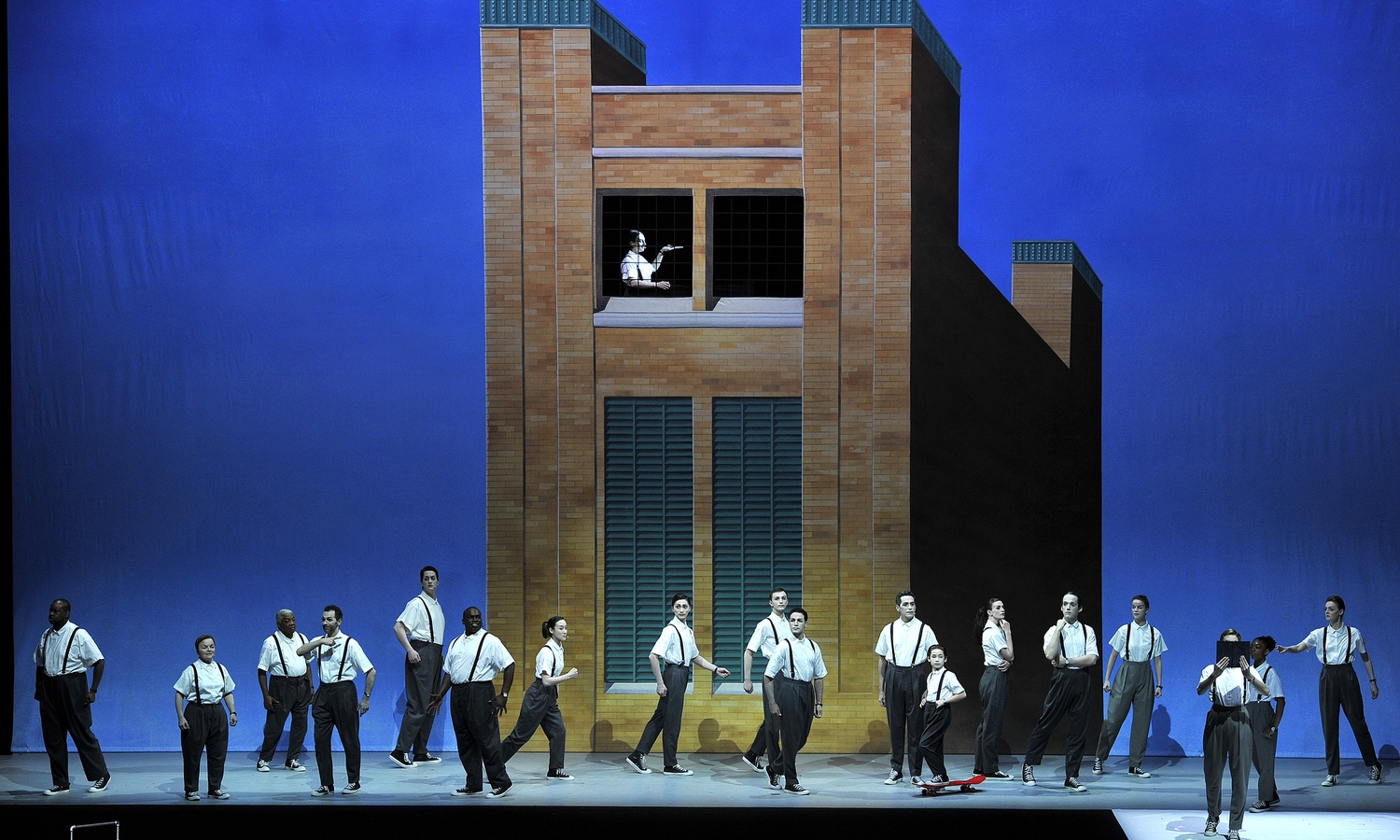
Photograph © Lucie Jansch
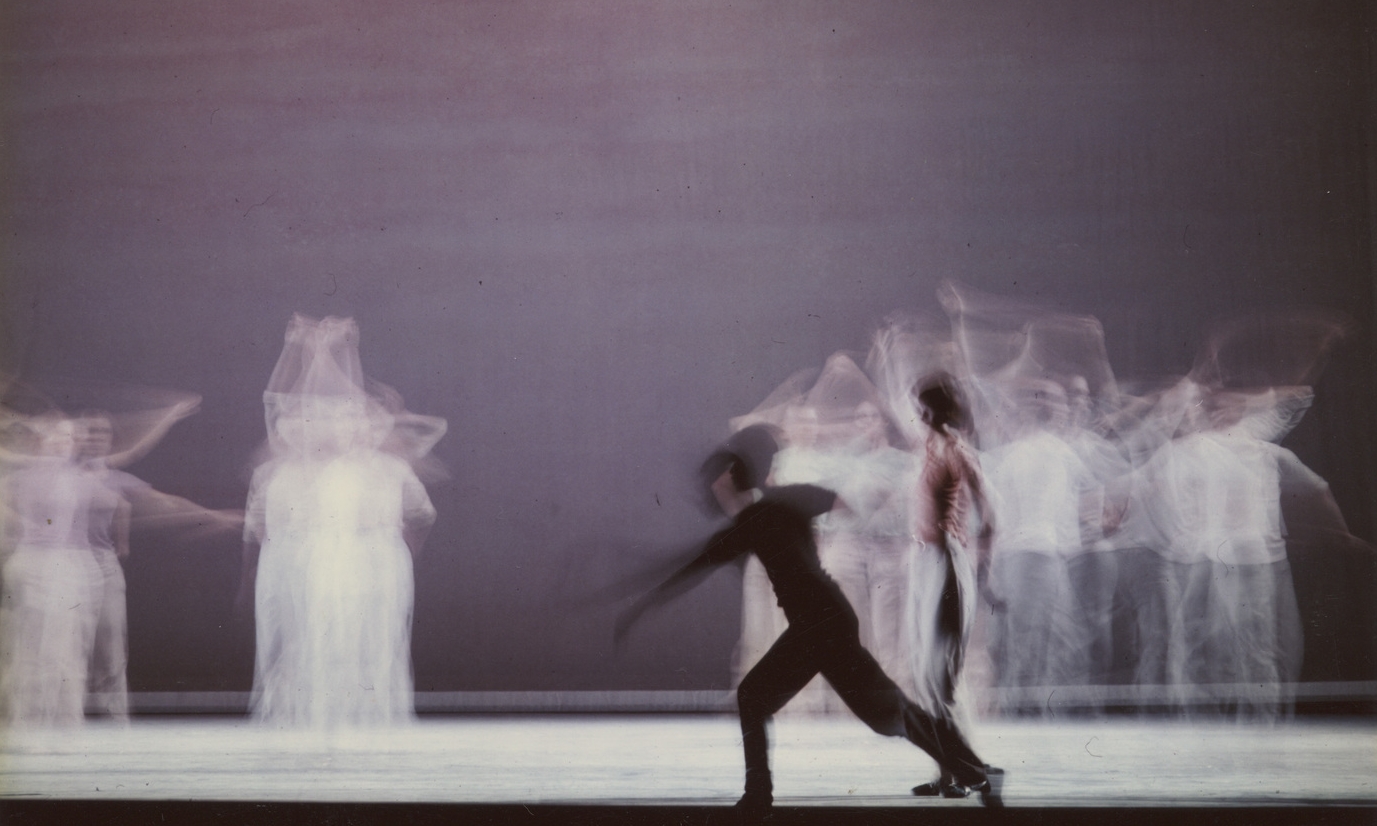
Photograph © Byrd Hoffman Foundation
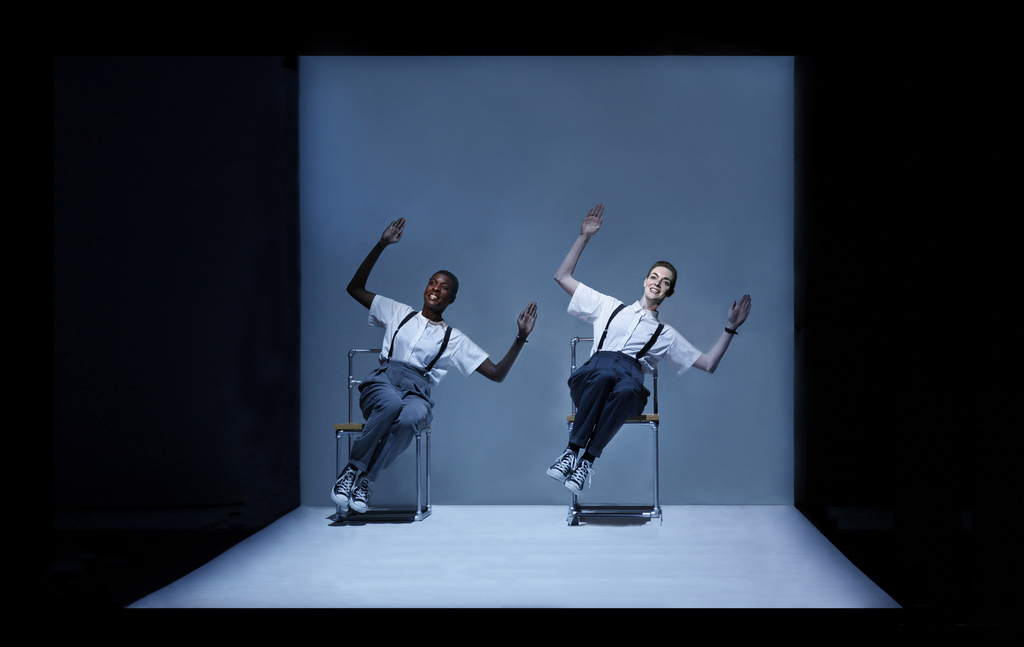
Photographs by © Lucie Jansch
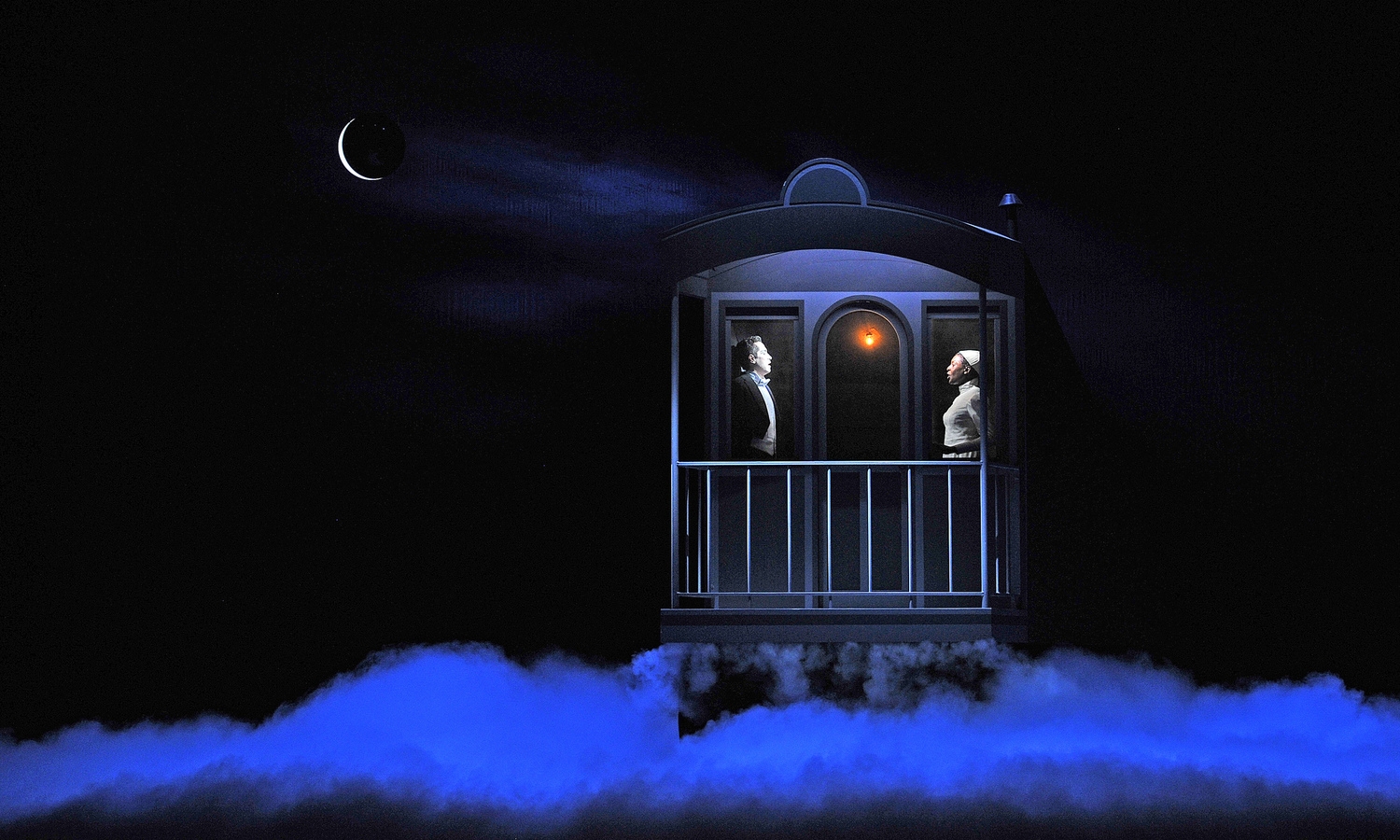
Photograph © Lucie Jansch
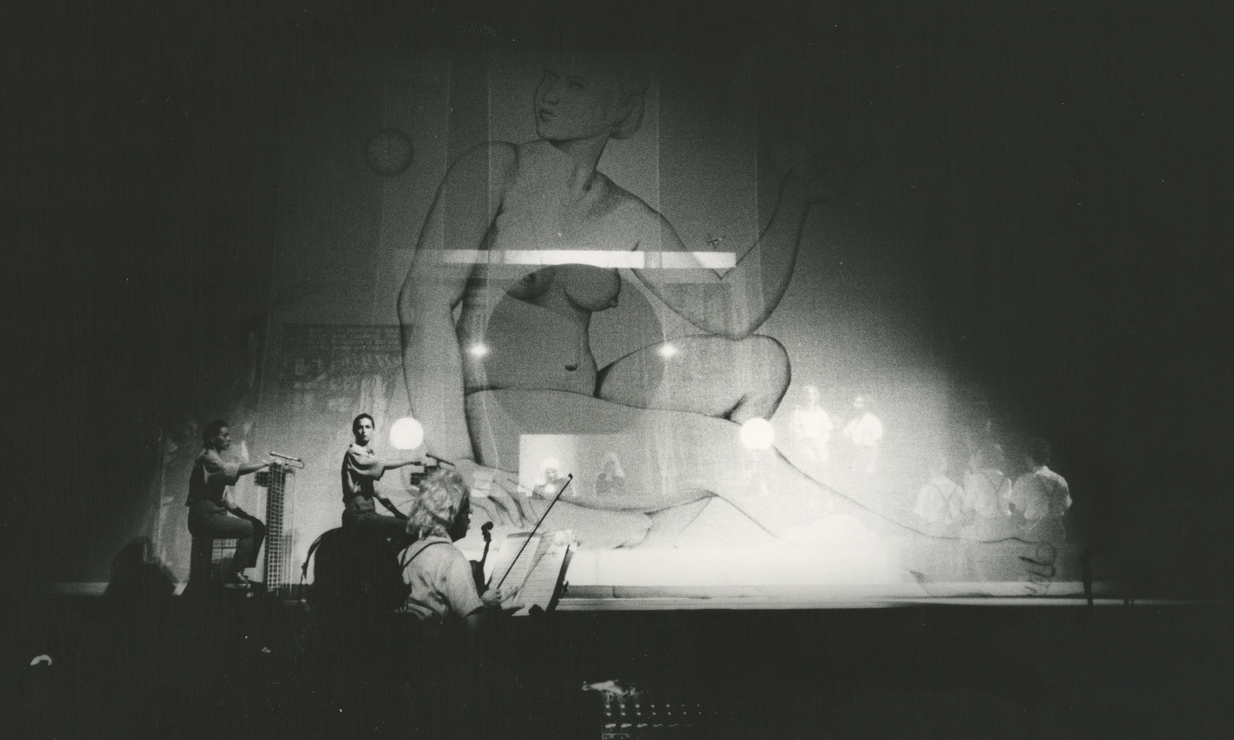
Photograph © Philippe Gras
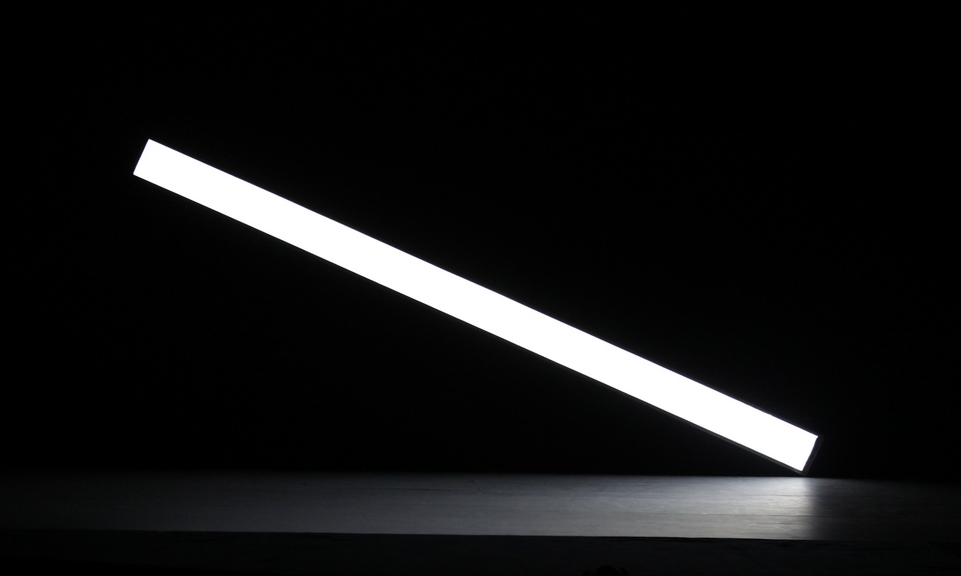
Photographs by © Lucie Jansch
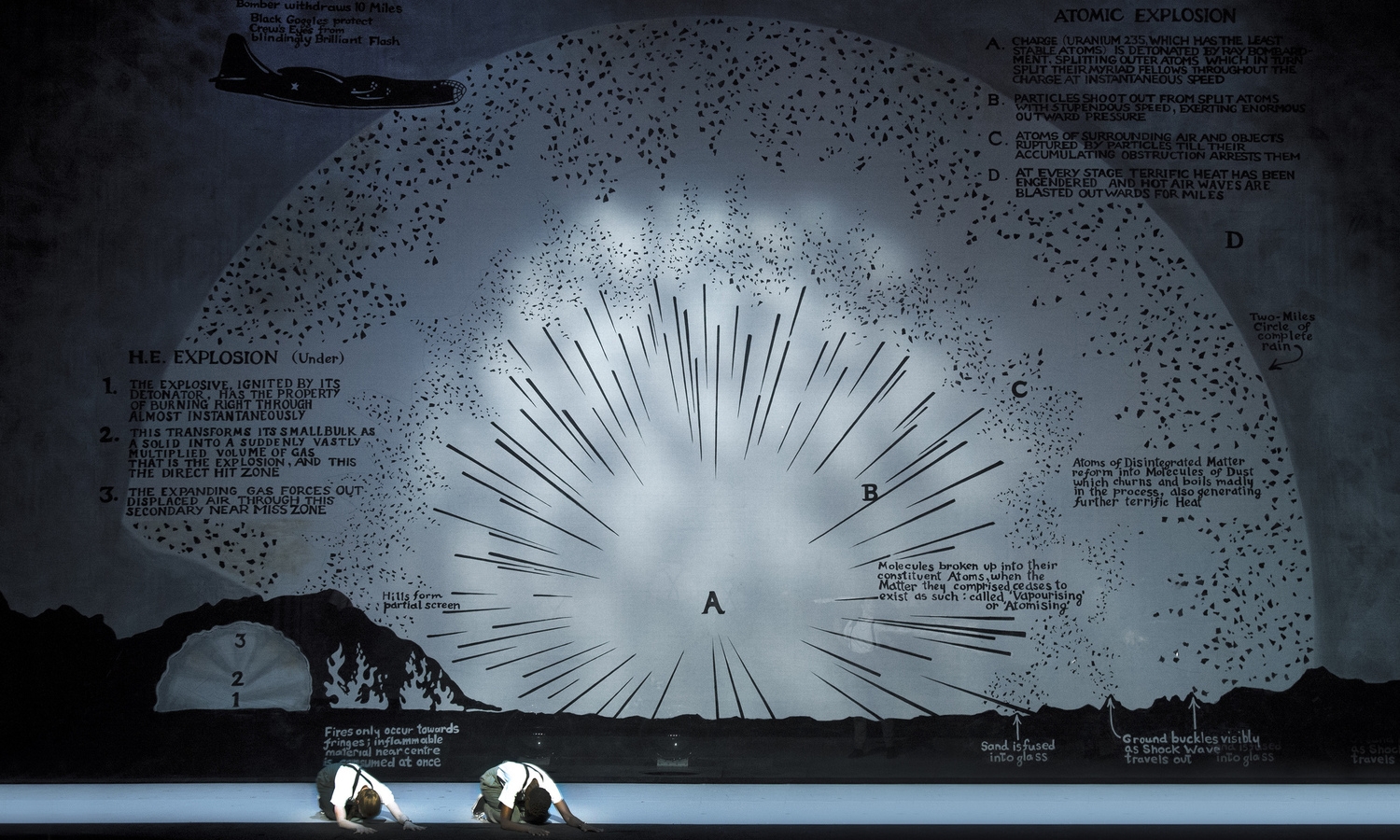
Photograph © Lucie Jansch
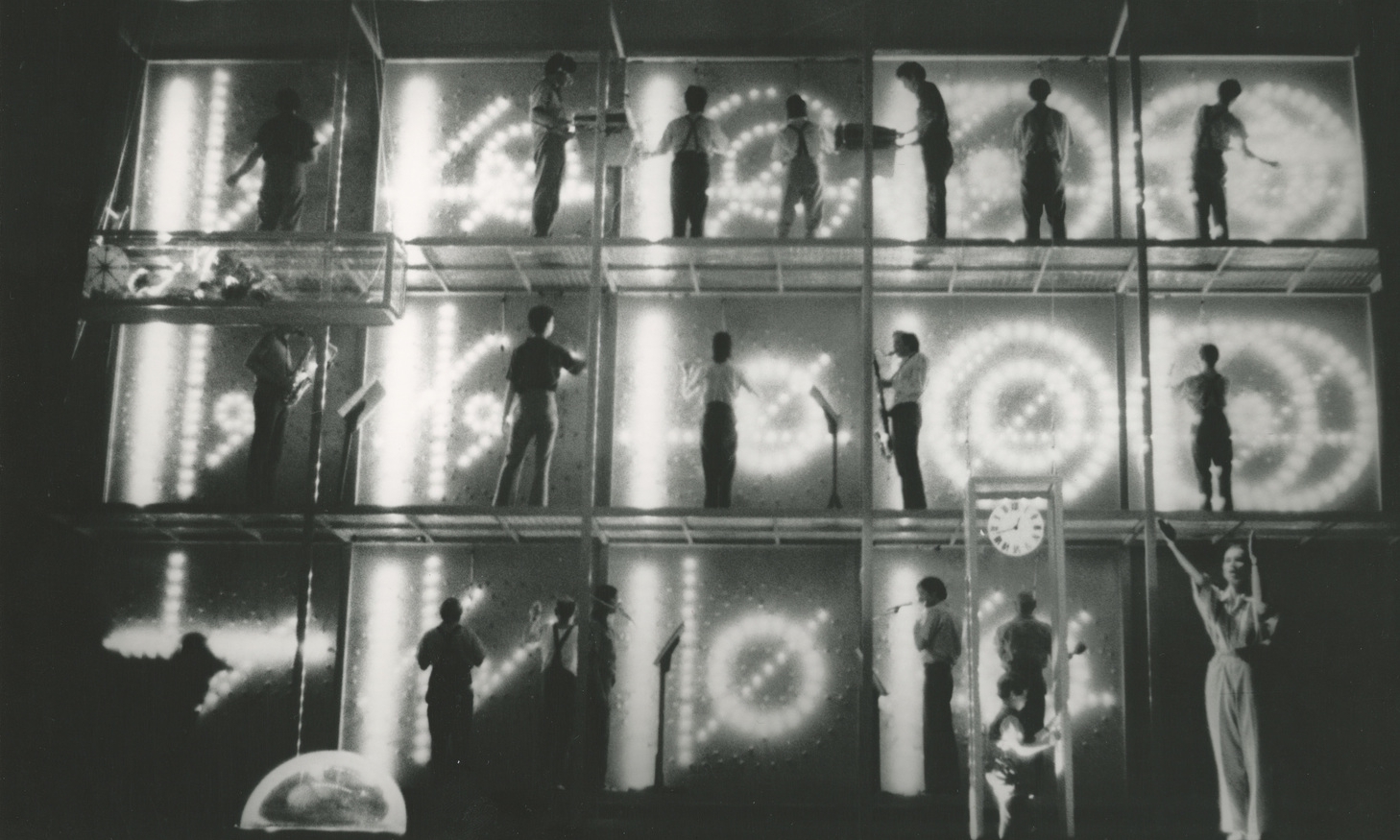
Photograph © Philippe Gras

Photograph © Byrd Hoffman Foundation

Photograph © Lesley Leslie-Spinks
Opera in four acts by Robert Wilson and Philip Glass
Premiered on July 25, 1976 at the Festival d’Avignon, Avignon, France
Premiered on December 11, 1984 at the Brooklyn Academy of Music, New York
Premiered on July 24, 1992 at the McCarter Theater, Princeton, New Jersey
Premiered on March 17, 2012 at the Opéra Berlioz - Le Corum, Montpellier, France
One of the most iconic stage pieces of the 20th century, Einstein on the Beach would become Wilson’s most famous work. In Wilson’s first collaboration with composer Philip Glass, the two artists radically altered the way opera is made and received by upending conventions of score, plot and staging. While in much traditional opera these elements are constructed independently of one another, in Einstein the music, text and action were created together, in one seamless whole. Originally choreographed by Byrd Hoffman dancer Andy DeGroat, Lucinda Childs re-envisioned the movement in its 1984 revival. Childs’ choreography was used in the 1992 and 2012 revivals. Wilson scholar, Bonnie Marranca, has written that the accomplishment of Einstein is that it “provides us with extraordinary frameworks and systems with which we can rediscover basic realities.” (Text by Joseph Bradshaw)
Widely credited as one of the greatest artistic achievements of the 20th century, this rarely performed work launched its director Robert Wilson and composer Philip Glass to international success when it was first produced in Avignon, France in 1976 with subsequent performances in Europe and in New York at the Metropolitan Opera. It is still recognized as one of their greatest masterpieces. Nearly four decades after it was first performed and twenty years since its last production, Einstein on the Beach was reconstructed for a major international tour including the first performances in the United Kingdom and the first North American presentations ever held outside of New York City. The international tour of Einstein on the Beach began in Montpellier in the spring of 2012 and concluded in South Korea in the fall of 2015, bringing this ground-breaking work to new audiences and an entirely new generation.
Einstein on the Beach breaks all of the rules of conventional opera. Instead of a traditional orchestral arrangement, Glass chose to compose the work for the synthesizers, woodwinds and voices of the Philip Glass Ensemble. Non-narrative in form, the work uses a series of powerful recurrent images as its main storytelling device shown in juxtaposition with abstract dance sequences originally by Andrew de Groat, and for the 2012 version by American choreographer Lucinda Childs. It is structured in four interconnected acts and divided by a series of short scenes, or "knee plays". Taking place over almost five hours, there are no traditional intermissions. Instead, the audience is invited to wander in and out at liberty during the performance. Einstein on the Beach was revolutionary when first performed and is now considered one of the most remarkable performance works of our time.
“Einstein was like nothing I had ever encountered. For me, its very elusiveness radiated richly, like some dark star whose effects we can only feel. The synergy of words and music seemed ideal...Einstein on the Beach, perhaps, like Einstein himself, transcended time. It’s not (just) an artifact of its era, it’s timeless... Einstein must be seen and re-seen, encountered and savored...an experience to cherish for a lifetime.”
“Opera in America can be divided, plain and simple, before “Einstein” and after “Einstein.””





